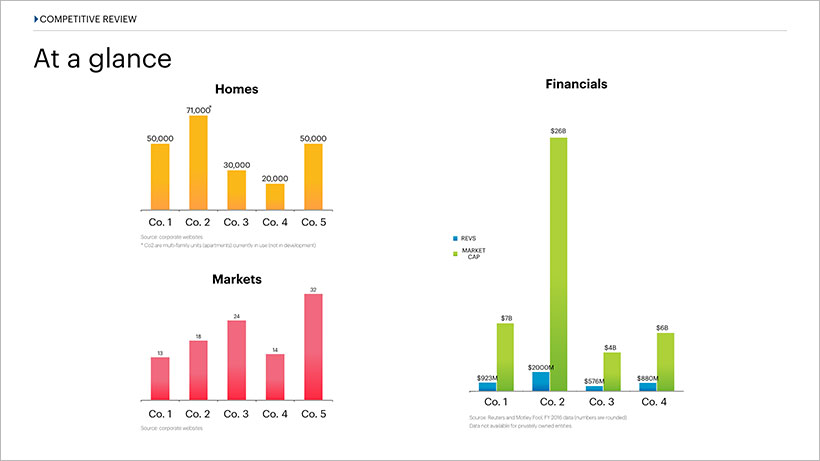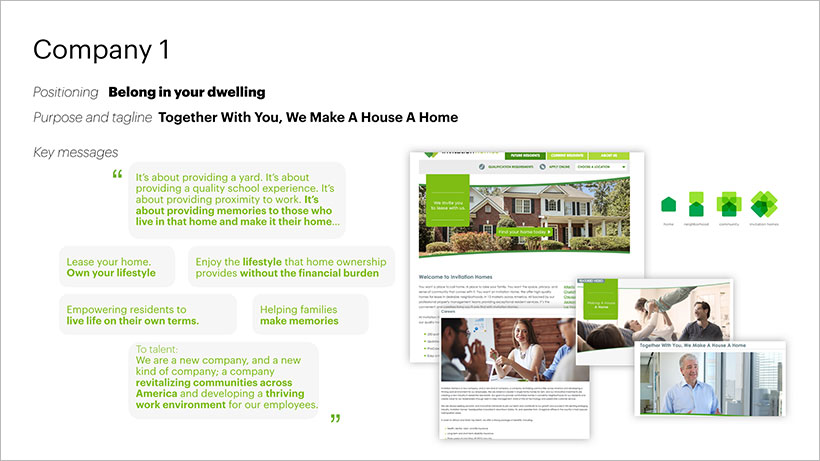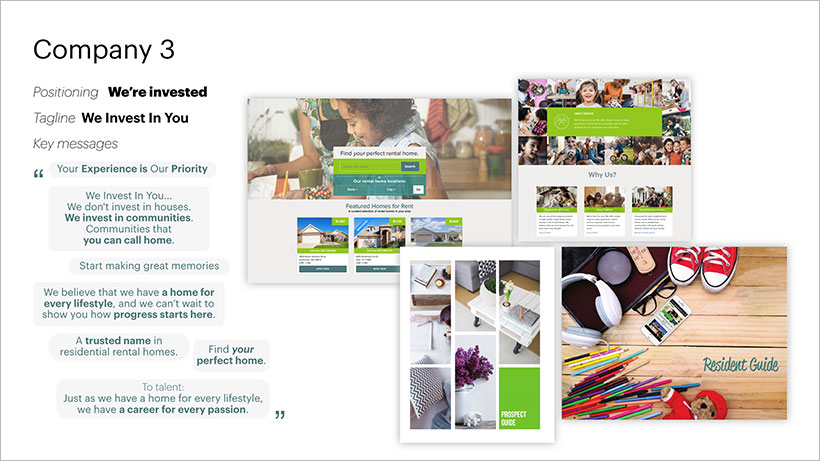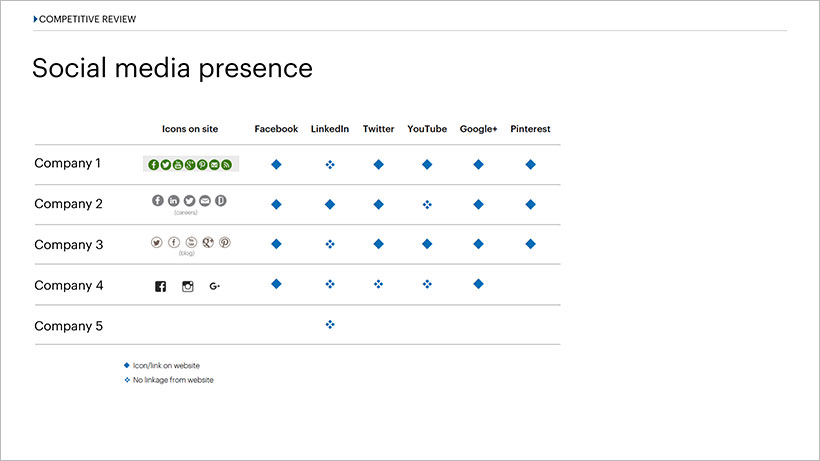The ancient military strategist Sun Tzu counseled knowing the enemy before going into battle. “If you know your enemy and know yourself,” he wrote, “you need not fear the result of a hundred battles.” He also counseled knowing a third thing: the environment. In fact, he devoted a considerable amount of his treatise, The Art of War, to the importance of knowing the conditions on the ground, the real situation of the enemy, the climate and weather patterns, the terrain upon which the battles were fought, and so forth. Hence the saying:
“If you know the enemy and you know yourself, your victory will not stand in doubt; if you know Heaven and you know Earth, you may make your victory complete.”
Many of Sun Tzu’s ancient lessons transfer to the similarly uncontrolled environment of modern day capitalism, where conditions change and competing plans and tactics collide, requiring quick and appropriate responses to ensure success. As a first step in any large scale engagement, for example, we look at the “enemy” and the “terrain,” or what we would call the competitive landscape, to put it in less bellicose terms. We do this to ensure the ultimate end product — whether it is a brand platform, company name, tagline, identity or new website — is unique and engaging. The particulars of a research initiative might look like this:
WHO conducts the competitor research?
We recommend hiring a firm such as Baker with expertise in research and strategy as well as execution. Competitor research informs the solution, so having the firm that will ultimately create the solution conduct the research is crucial. It is also helpful to get an outside specialist’s insights and fresh perspective. Without the benefit of external synthesis and analysis, views from the inside may be too biased or myopic to tell the full story. To keep costs down, you can limit the scope and scale of the competitive set to be assessed.
WHAT gets reviewed?
Typically, assess no more than five companies. Executives get information overload after that. You can, of course, tailor your level of research to the needs of the initiative and present executive-level summaries for the higher ups. Criteria for review vary depending on the initiative. Within a competitive frame of reference, we will assess anything from relative positioning to talent messaging, and many things in between.
WHEN should competitor research occur?
Early on in the planning/discovery phase of a project. Knowing where others stake a claim, how they express themselves with messaging and design, etc., helps to define constraints for the upcoming effort. After all, no one wants to look or sound like a competitor brand.
WHERE do you find information on the competition?
Much of it is generated by the competitor company itself and is available online. Sources include:
- Website content
- Investor communications
- Advertising
- Public relations
- Social media (Twitter, LinkedIn, YouTube, etc.)
Additional information can come from secondary sources. Often times, employees review their own company culture, management, etc., on sites like Glassdoor. A quick search on Google and Twitter offers insights into what, if anything, people are saying about a particular company in the media or the blogosphere. (Note: Paying for primary research or for expensive reports; e.g., Forrester, Gartner, etc., is often not necessary).
WHY do it?
Clients find the intelligence eye opening. You gain insights into the relative position of your competitors — their strengths, weaknesses, opportunities and threats. You might learn about internal and external activities in the areas of marketing, sales, talent management and other functions. How they talk to and interact with their audiences and, through the wonders of social media, whether it’s effective. Often, your competition has already solved for a problem you are facing. What did they do? Gathering such intelligence saves a lot of time and money down the line.
HOW: a case study
Baker was recently hired by a leader in the burgeoning single-family home rental industry to help them evolve their brand to better reflect their expanded business offerings and opportunities.
Competitor positioning review
In tandem with a series of stakeholder interviews and workshops, we conducted a competitor positioning audit to see how select organizations communicate about their brand and positioning in the market. We reviewed a total of five companies, evaluating the following:
- Foundational brand elements such as positioning, purpose and values
- Key communications themes/messages
- Noteworthy web features and content
- Social media presence and strategy
- Market perceptions




Competitor naming landscape
Once we completed our research and developed a brand platform, we were ready to begin ideation for a new name that reflected our client’s business and updated brand more holistically. We turned again to a competitive study, this time looking at a wider cross section of companies in the real estate sector. Our objective was different too. With a naming assignment, the goal is a protectable and differentiated name. This requires vigilance on the part of all naming team members. To avoid being acoustically and semantically similar from the names of other companies, we needed to broaden the scope of our review beyond direct competitors in the home rental sector to real estate marketplaces and other services that are also part of the industry.
Rinse and repeat
Competitive awareness is not a one-time activity; it is an ongoing effort. And even if you do achieve it, competitor advantage fades over time. Sustaining advantage in the face of competitive dynamics requires constant monitoring, awareness and, most importantly, anticipation. For being “acquainted with the designs of our neighbors,” as Sun Tzu put it, provides the kind of foreknowledge that “enables the wise sovereign and the good general to strike and conquer and achieve things beyond the reach of ordinary men.”
Tips to keep in mind
- Define evaluation criteria upfront. Know what you’re comparing and contrasting across competitors.
- Include visuals. Especially when evaluating competitor communications, visual style is best explained with samples.
- Highlight points of differentiation. What are your competitors doing or saying that’s different or unique?
- Acknowledge points of parity. Something you thought was unique about you might not be.
- Think beyond your market. Medical and pharmaceutical brands now compete with cosmetic brands. Disparate brands compete directly for the same talent. When you look for best practices, consider a landscape broader than your direct competition.
